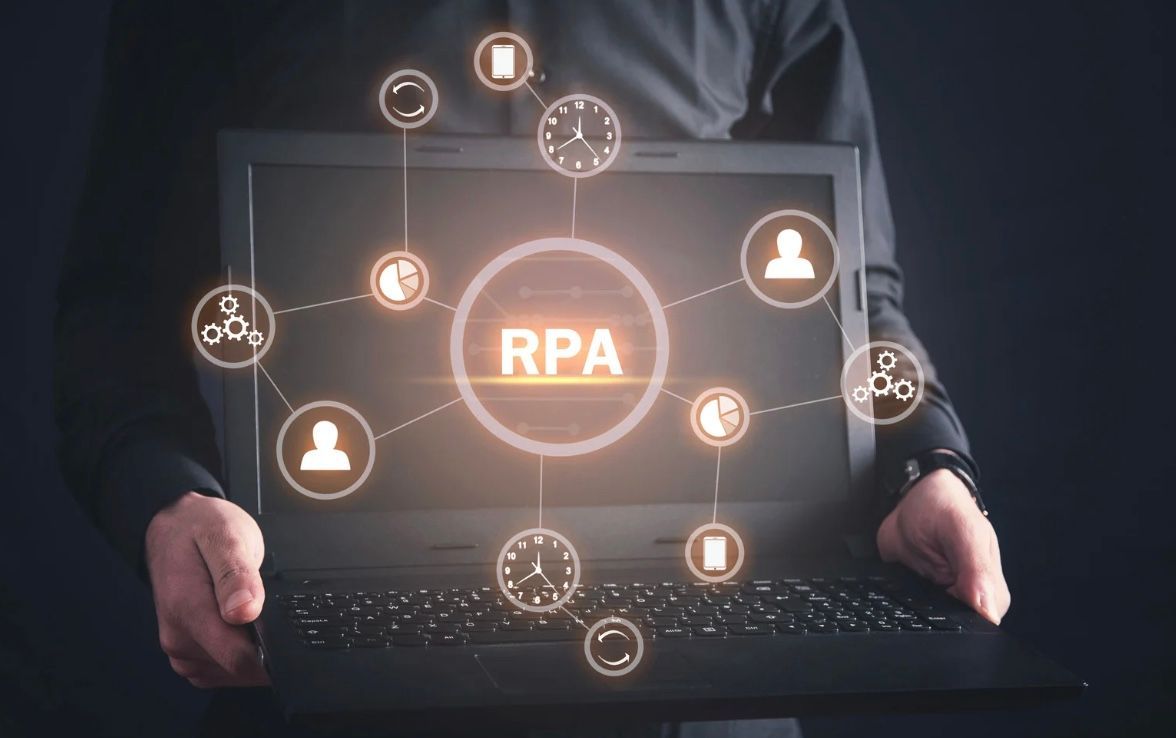What are the three 3 main types of HMI screens?
What are the three 3 main types of HMI screens?
Human Machine Interfaces (HMIs) are electrical devices used for various purposes, such as task performance and data display. They are found in a wide range of applications and can be a great resource. SCADA Systems are widely used in manufacturing and process industries due to their ability to have information displayed on one station, as well as being able to control machinery processes. In this article, we'll discuss what Human Machine Interfaces (HMIs) are, the various kinds of HMIs available, where they're mostly used and some frequently asked questions about them.
To understand exactly what an HMI is, let us begin by taking a closer look.
What is an HMI?
An HMI (human-machine interface) is an interface between a human operator and a process or machine. It's typically in the form of a graphical dashboard which allows for full control over the machine from one central location.
An HMI works like a control dashboard for the operator by displaying control variables, setting parameters such as timers and switching points, and aiding in troubleshooting fault finding.
HMIs have been gaining traction in industrial settings recently, providing an effective means for humans to control manage the operations of various machines. This technology allows for an efficient interface between humans and machines.]] HMIs provide operators with an interface to access information about their machinery, such as timing, control points and error diagnosis. It functions similarly to a dashboard, giving the operator an overview of their machine's operations. HMIs make it easy for operators to quickly access and analyze data, thus allowing them to make informed decisions quickly accurately.
Human-Machine Interfaces are also used to monitor and display important production data such as run rates, Key Performance Indicators (KPIs), inputs and outputs.
Human-Machine Interfaces (HMIs) are now commonly used in process and manufacturing equipment due to their decreasing cost. These include touch screens, inbuilt displays, computer monitors, and tablets. Over the last few years, HMIs have become much more affordable for businesses.
What Does HMI Stand For?
HMI stands for Human-Machine Interface, which is widely used in industrial applications to track the performance of machinery equipment. It can be used to monitor various run rates and key performance indicators (KPIs) in a production setting. Engineering and fault-finding are some of the applications where AI writing assistants can be extremely helpful. These tools can easily display error codes, input values, output values and also maintain localized versions of machine manuals right on their integrated screens.
Where are HMIs Used?
HMIs (Human-Machine Interfaces) are becoming a commonplace in industrial settings, from production to quality control. The type of HMI you need depends on the structure and specific requirements of your project/system. HMIs (Human-Machine Interfaces) are employed in production and manufacturing to display machine performance. Additionally, they give operators and team leaders the capacity to modify settings as well as adjust the speed of the equipment.
HMIs help connect PLCs to other parts of the system. The data they display include inputs outputs like sensors, motor voltage current readings, and servo motor positions status. This can assist in troubleshooting, as it clearly shows whether a particular component is functioning or not. With the use of AI, time is saved in tracing wires and executing electrical tests. This allows businesses to operate at an accelerated rate while retaining the same level of accuracy.
Human-Machine Interfaces (HMIs) provide a simple way to monitor production data. With their graphical representations and charts, you get a better clearer understanding of the performance of your machines or processes in real time. Through the implementation of automated production tracking on screens, labor costs can be reduced and paper-based systems could be eliminated in certain situations.
What are the Different Types of HMIs?
HMIs are similar to other electrical components and come in a variety of types. The three most popular ones are push-button, overseer, and data handling HMIs. Selecting the right Human Machine Interface (HMI) for a particular application depends on the user's requirements. We'll discuss this in further detail to help you make an informed decision..
There are three distinct varieties of Human-Machine Interfaces available:
The Push Button Replacement Screen
Push button panels have been replaced by touchscreen interfaces which enable centralized operation control of the entire process/machine from a single panel. This eliminates the need for numerous physical pushbuttons and makes machine operation much simpler. Interactive graphical buttons may be seen on the screen, enabling users to carry out a range of functions - like start-stop, homing, navigating through different pages or screens and resetting.
The Overview Screen
Panel Viewers are usually employed to view SCADA and MES systems, giving you the capability to handle observe multiple machines/processes from one station. Not only does it make the operation of a single machine easier, but also substantially increases its efficiency.
The Data Dashboard Screen
HMIs serve as an interface to display information related to the performance of a machine. They provide feedback insight into how the machine is operating, enable recipe programming and alert user to any warning alarms that occur. Additionally, graphs and other visualizations can be created on these HMIs for a quick summary of the overall production report.
What are some Manufactures of HMIs?
To ensure that your Human Machine Interface (HMI) works seamlessly with the rest of your system, it is best to choose an HMI from the same brand as your Programmable Logic Controller (PLC). Popular brands like Allen-Bradley and Siemens offer some of the best dedicated HMIs:
- Omron
- Rockwell Automation
- Mitsubishi Electric
- Schnieder Electric
- Siemens
- Automation Direct
How Could Engineers use HMIs for finding Faults or Maintenance?
HMI screens are an invaluable tool for engineers when fault-finding, as they can show numerous essential pieces of information. Thanks to the advancement of technology, these panels can now show such things as PLC inputs outputs, motor current levels, safety fault component locations and many more. An HMI can be utilized to speed up the fault-finding process, making it much more efficient. This is a great advantage and makes the task simpler faster.
To troubleshoot issues with PLC components, the Human Machine Interface (HMI) can be used to check inputs and outputs. This eliminates the need for physically checking terminals, as you can view which components are active/inactive directly on the HMI screen. An example of a piece of equipment that uses this technology is a reed switch. When the cylinder is in the correct place, you can look on the screen to check if it's active or not. This allows you to keep track of your system more effectively. If the input is turned off but the cylinder is in the right place, it could mean there's an issue with either the reed switch - either not functioning or in an incorrect spot - or that there may be damages to a cable.
Human-machine interfaces (HMIs) can be utilized in various ways, such as weekly inspections and preventative maintenance. For instance, the screen can be used to examine motor current levels on a regular basis to see if there are any issues or abnormalities that need addressing, such as tight bearings or belts. This provides great convenience as it eliminates the need for expensive testing tools and removes the time involved in disassembling a motor or gearbox to evaluate its mechanical components.
HMIs can be utilized to monitor the lubrication level of machines, particularly those that feature a self-lubricating system. The HMI can alert you when the supply starts to dwindle and prompt you to top it up for efficient operation. Checking the levels of a machinery regularly can help maintain its functionality. This process can be simplified with AI since data can be easily accessed from the machine itself, which also saves time.
What is the Difference Between an HMI and SCADA System?
HMIs are individual systems that communicate with one or many PLCs in a given system, and may be used across different areas of a manufacturing facility. They are not aware of other HMIs connected in the same network and function autonomously.
SCADA systems are usually found in manufacturing plants and act as a 'bridge' between PLCs, HMIs, and control systems. This interface grants them access to all the PLCs HMIs on the site, allowing for communication of information or commands to a specified device connected to the network.



